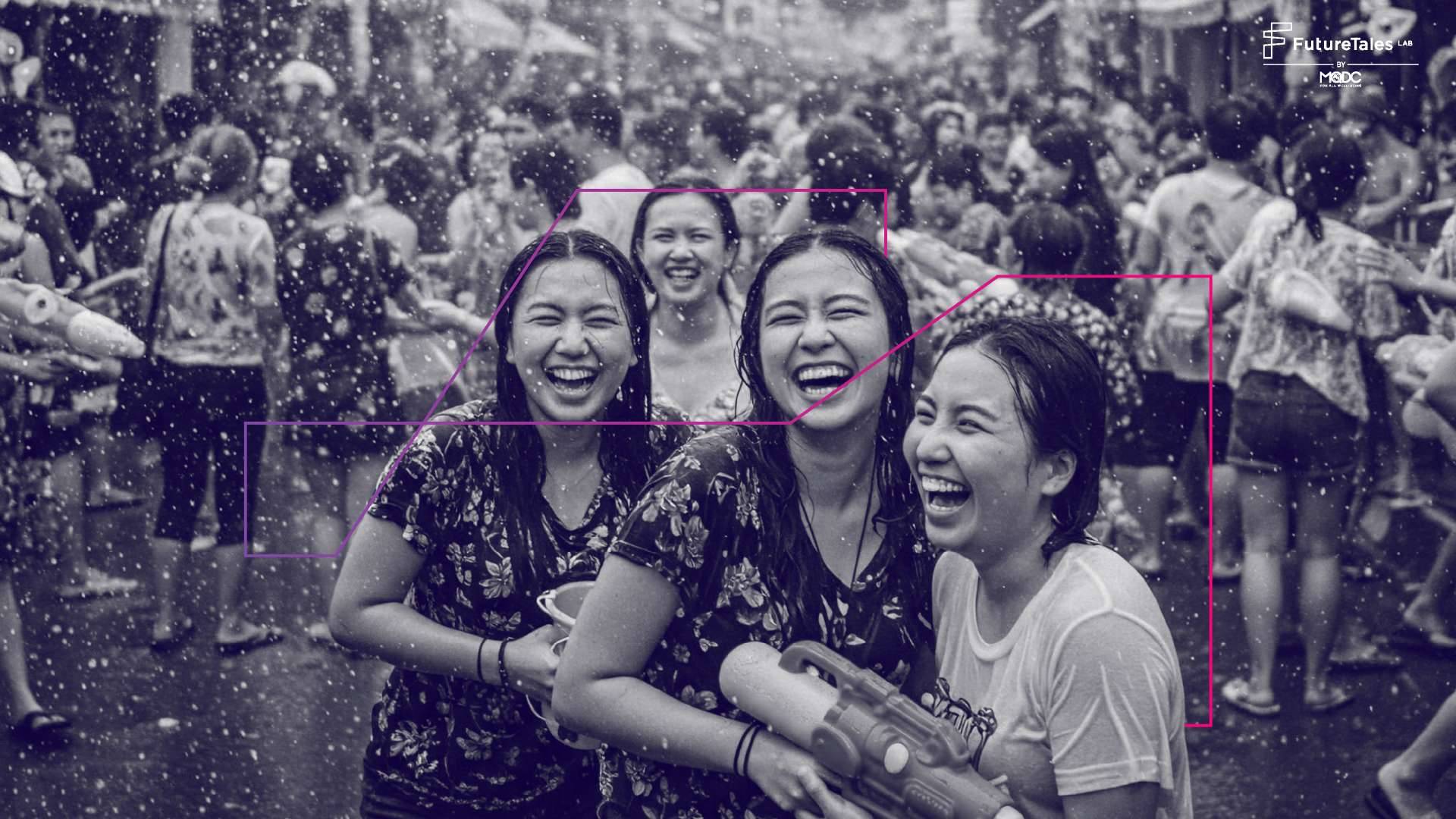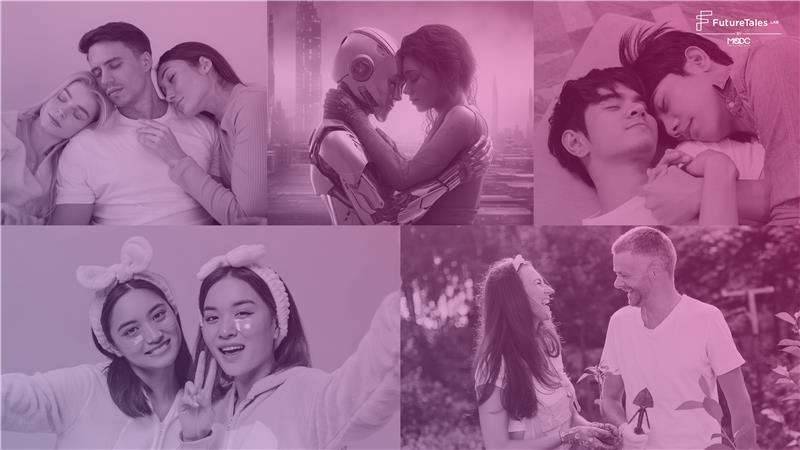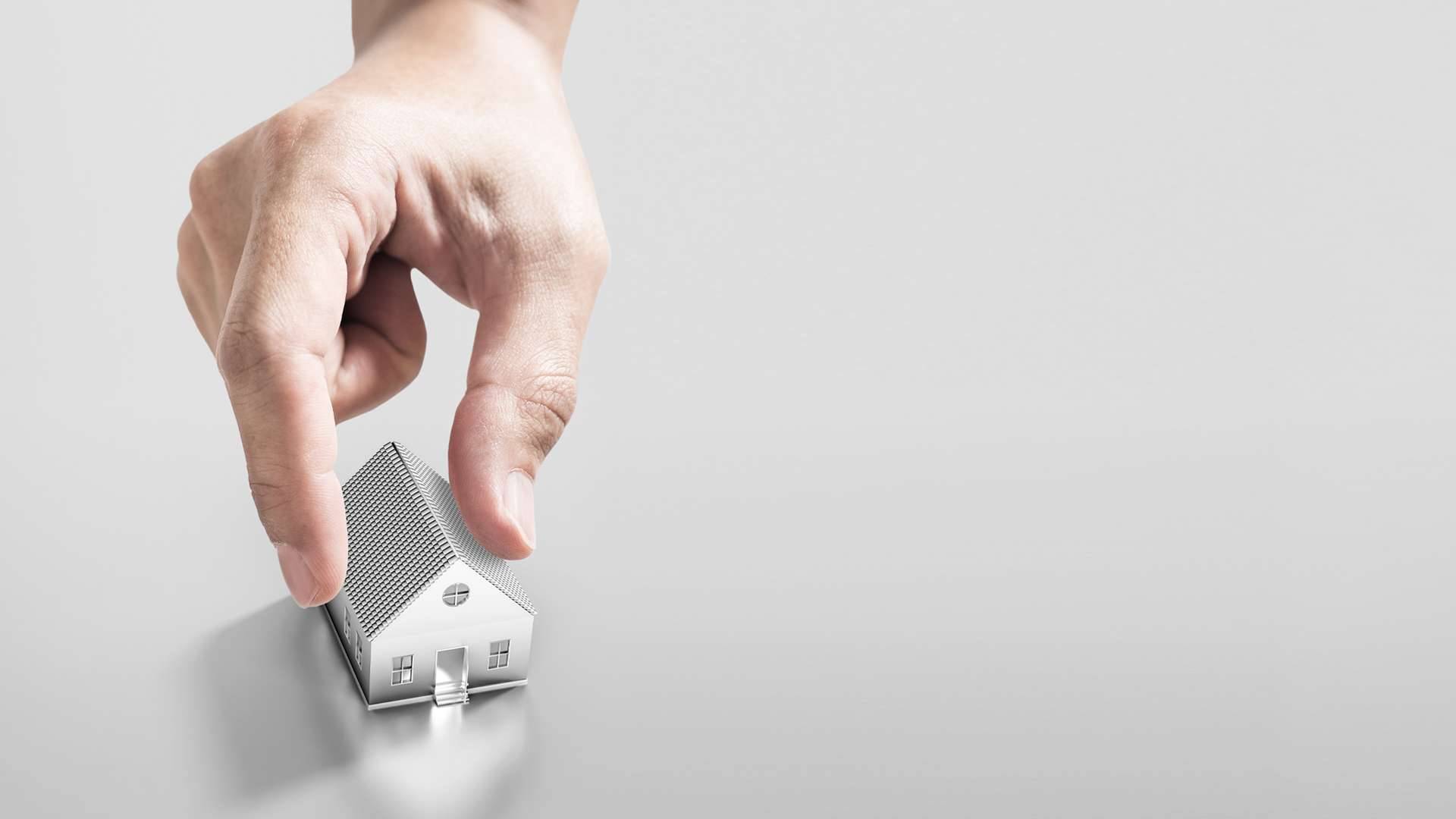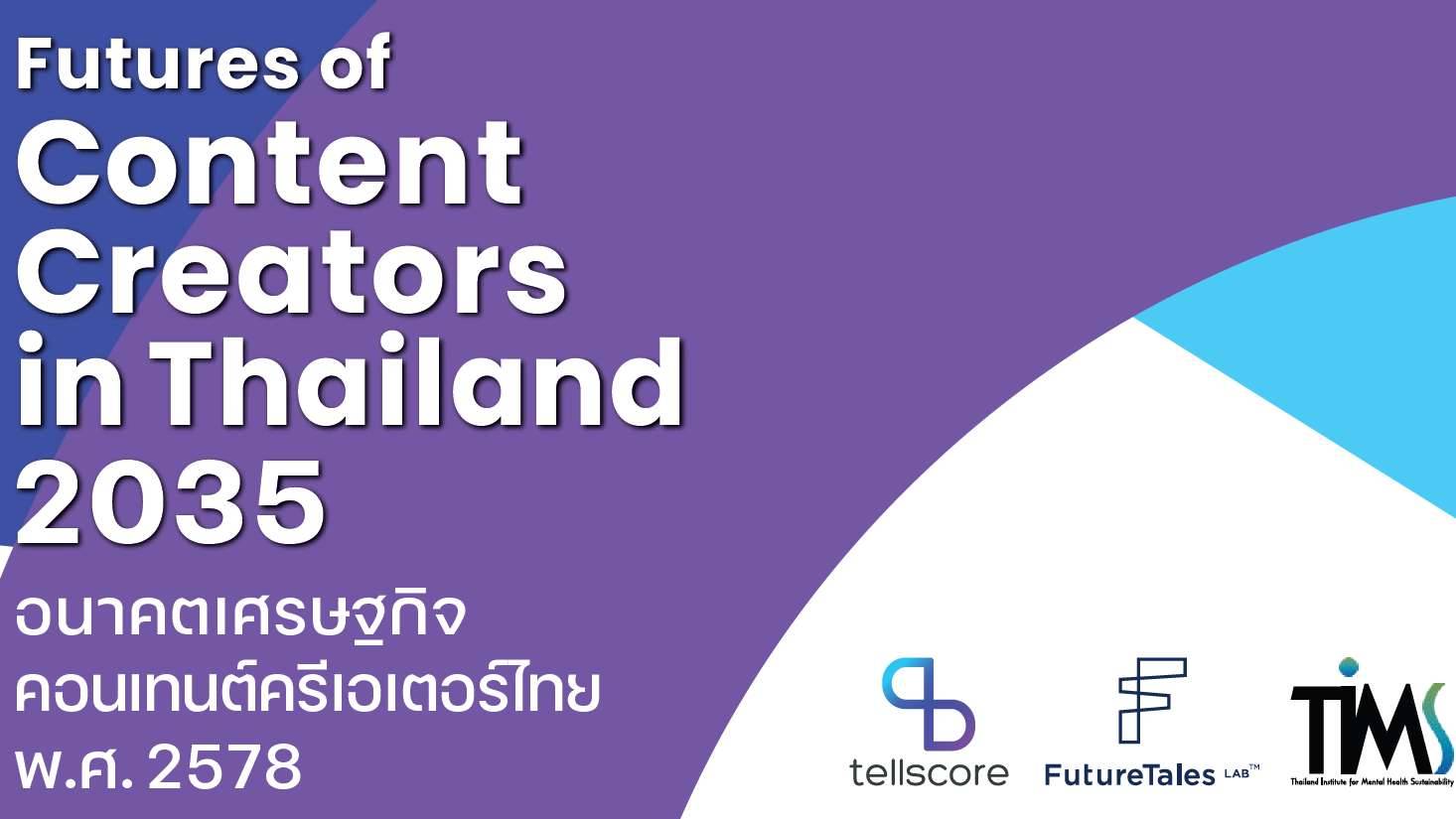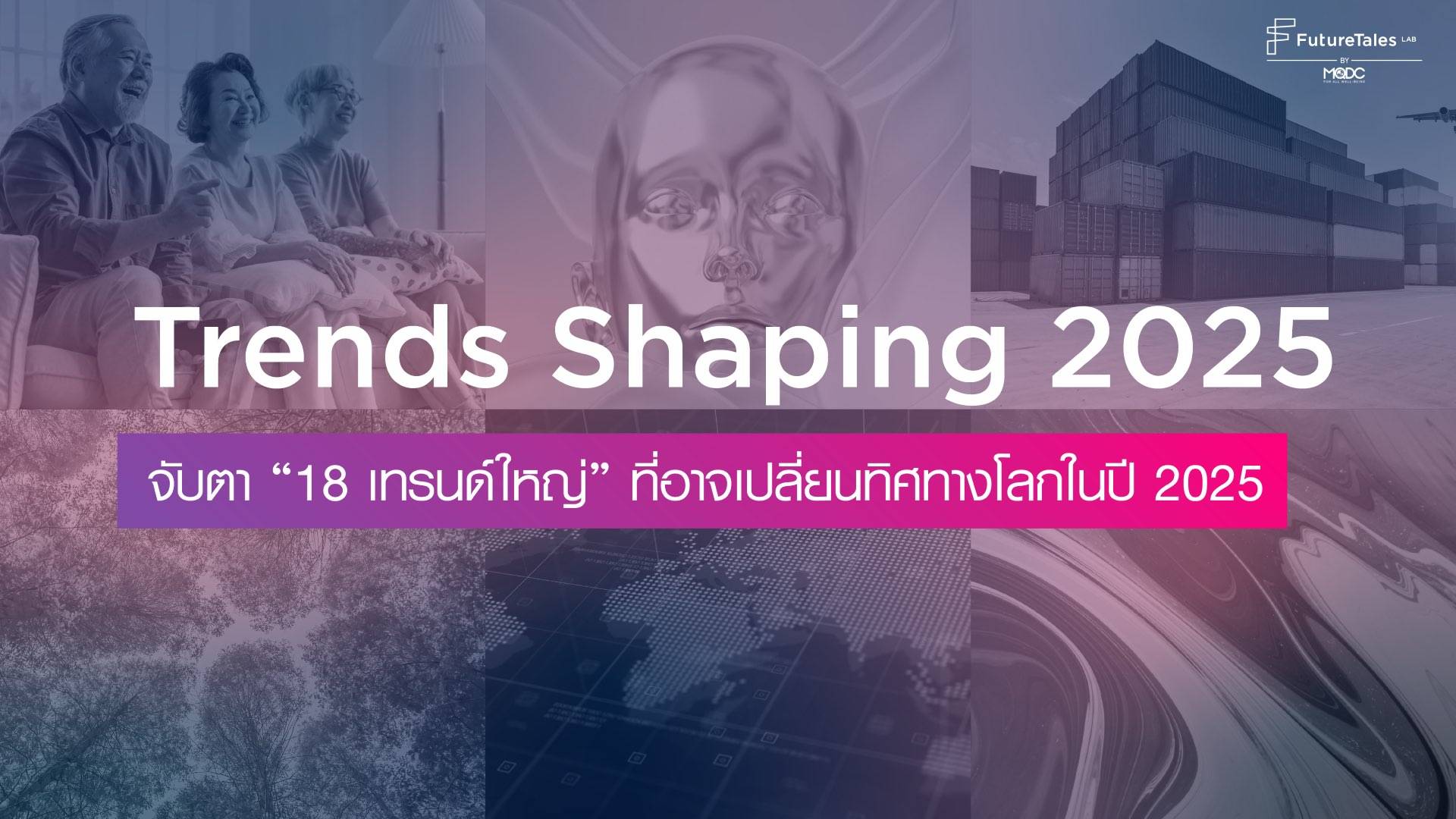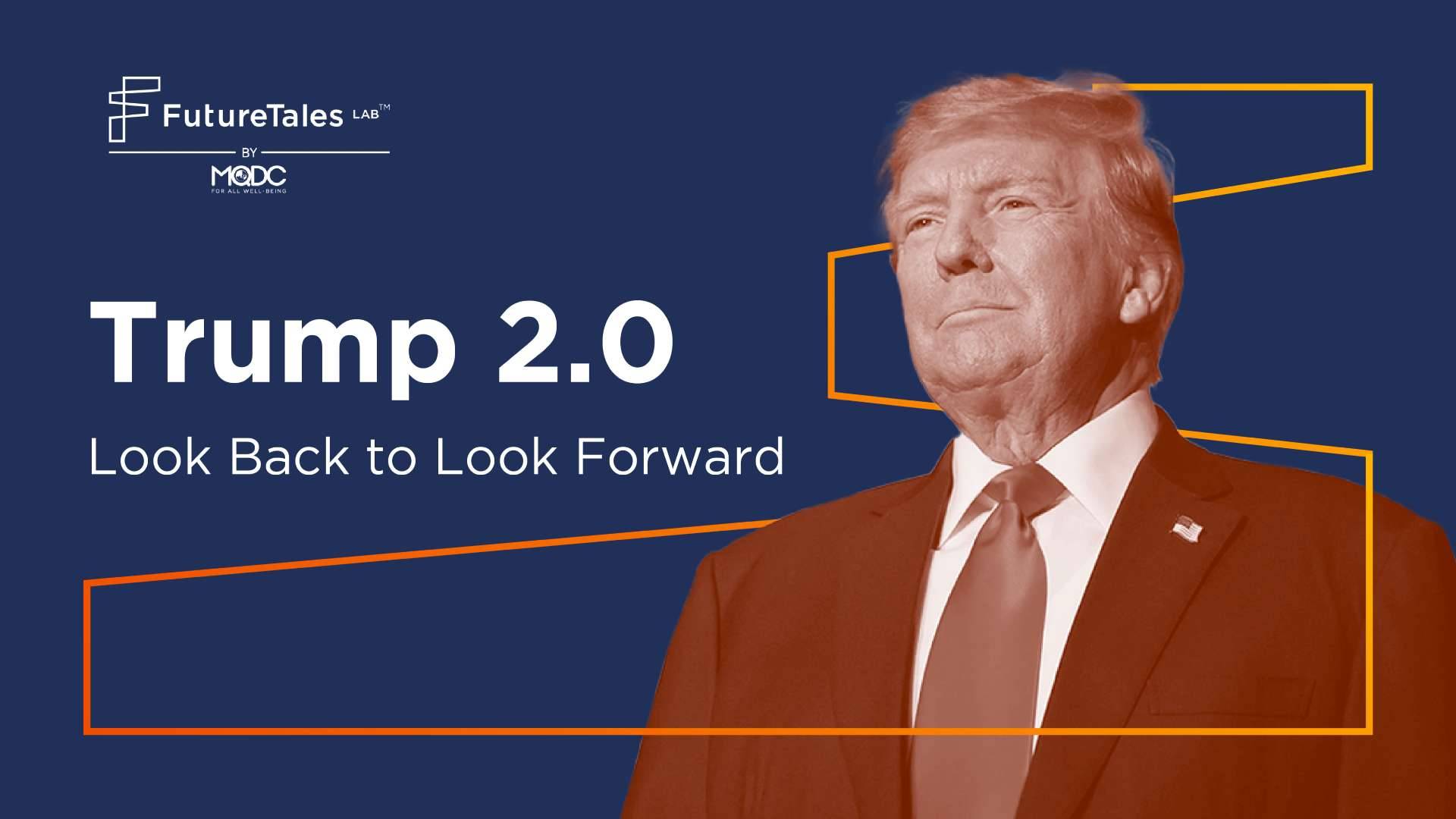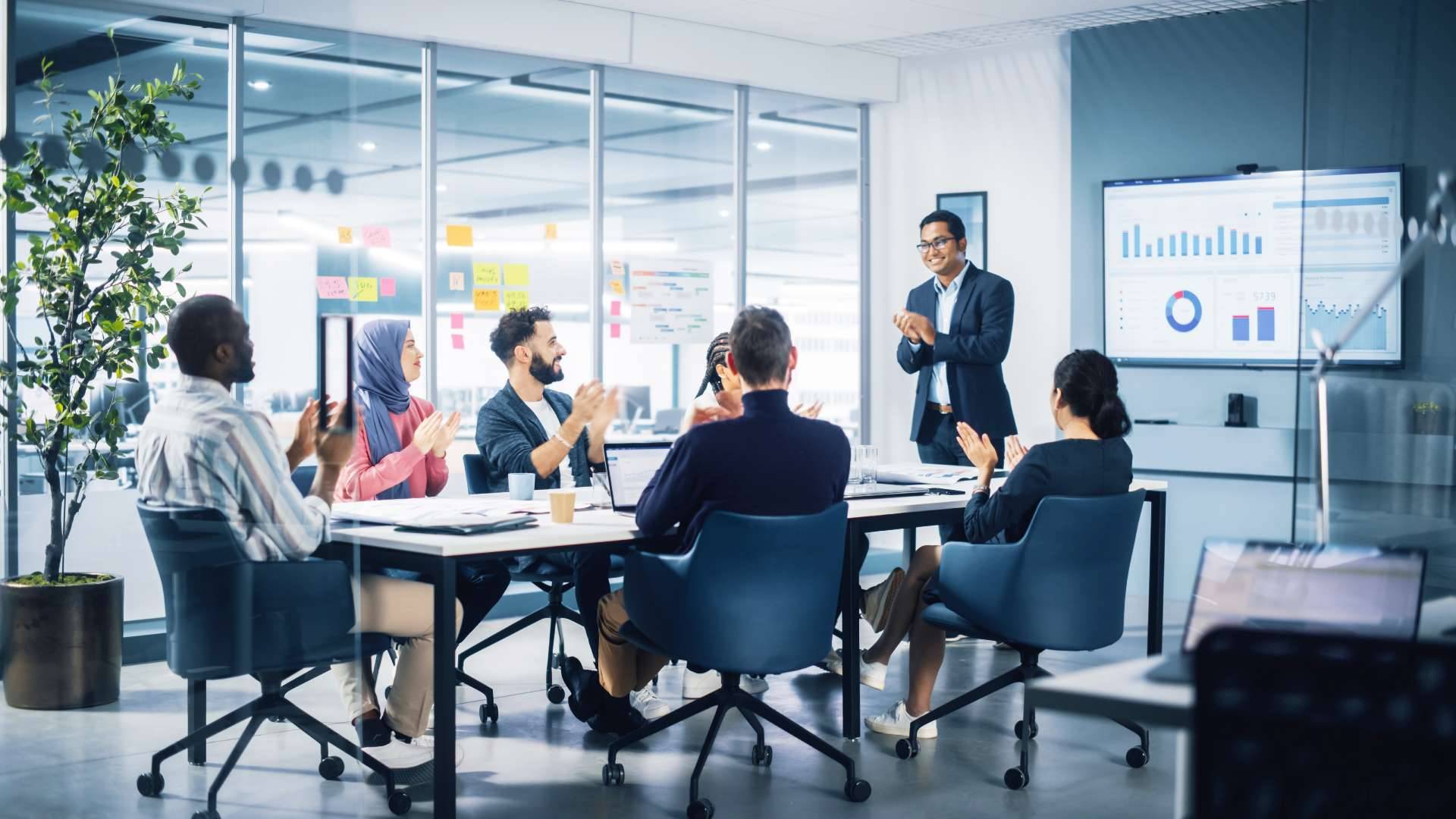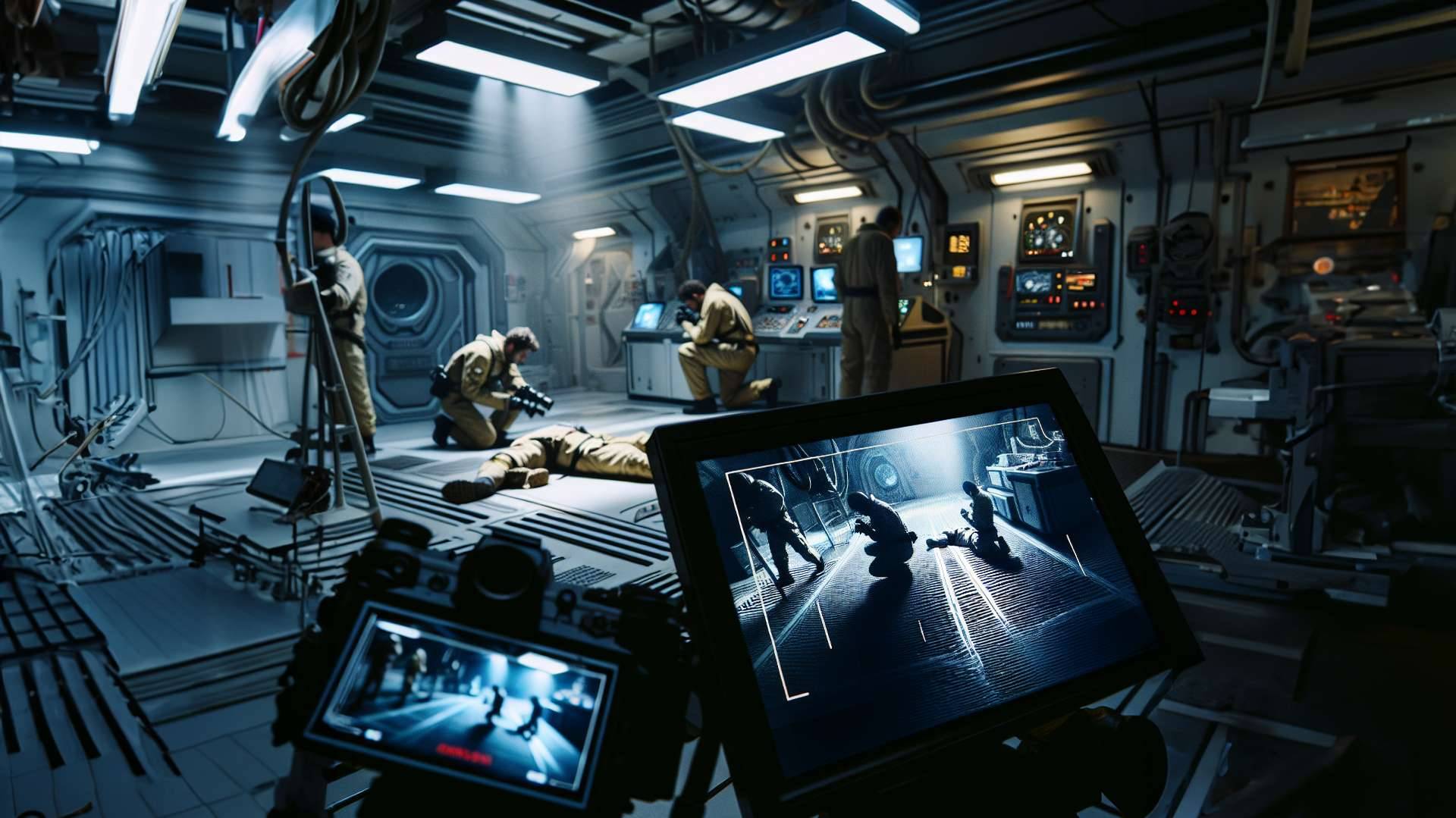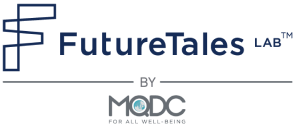
AI Art: How Machine Will Change Human Creativity
ARTICLES | Sep 21, 2022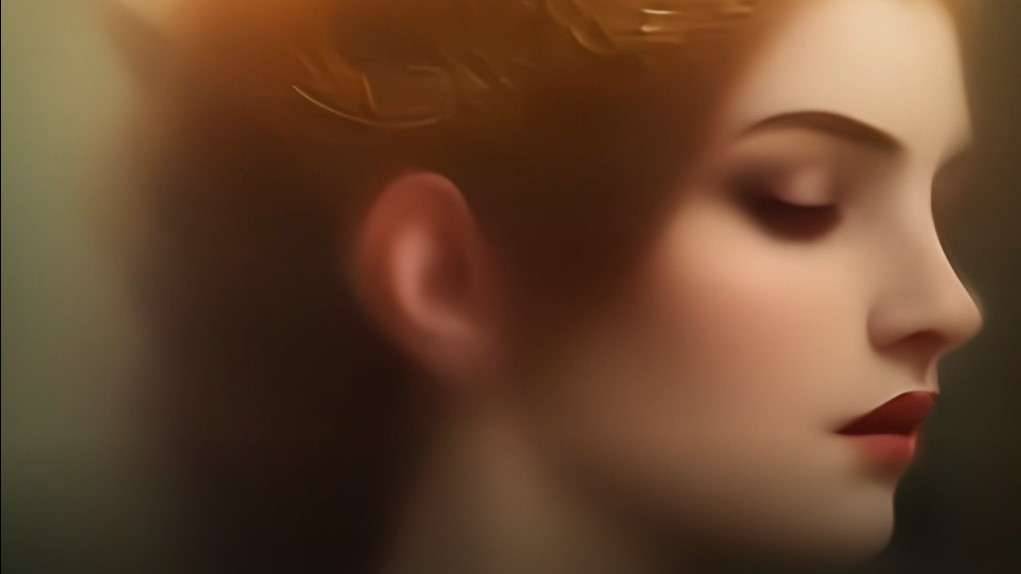
Writer: Nuttawut Kulkaew
Editor: Wittaya Wonglor
AI will have an impact in every sector… even art!
Painting, sculpture, architecture, music, video editing can all now be done through AI, based on concepts from an artist's work in a database. Known as style transfer, this technology replicates, redesigns, and proposing a wide range of possibilities without requiring any coding skills.
A famous example of AI in art is the Portrait of Edmond de Belamy, in the style of Picasso, auctioned in October 2018. Created from a database of 15,000 paintings, the AI-powered painting sold for $432,500, more than expected. Wider society saw for the first time that AI can match or even surpass human artists.
Bernard Marr, trend analyst and strategy advisor, has predicted that AI in the arts will have 3 types.
AI will be used to enhance human creativity in collaborative works. The 2016 trailer for the horror movie Morgan was created by IBM's AI based on analysis and reference of the trailer's image, sound, and composition. Hundreds of other horror films are selected, then only the interesting scenes in their story are edited and presented as trailers. This approach can reduce production time from weeks to just one day.
AI will also help overcome the limits of human creativity. Choreographer Wayne McGregor joined the Google Arts & Culture Lab, which includes psychologists, neuroscientists, and software engineers in 2019 to create a show. An AI algorithm obtained data from McGregor's choreography over 25 years from thousands of hours of video. In the end, 400,000 choreographic-based movement patterns were presented, creating possibilities humans could not on their own.
AI may also create artworks on its own. The human designer enters information and sets goals and conditions then lets the AI software process meet these criteria. It could lead to big changes in many industries such as architecture, construction, engineering, manufacturing, and product design. Renowned designer Philippe Starck worked with software company Autodesk to design chairs with minimal raw material costs. A design by AI won a competition at Milan Design Week 2019.
As you can see, AI is being used in the arts, especially for creative work. Even Google has its own Deep Dream Generator platform, which studies different AI algorithms to create new visual content. Or, most recently, at the Venice Biennale, a human-like robot Ai-Da sat and drew like a human artist. The robot also appeared on the TEDx talk stage several years ago and can also compose poems.
People may soon see more use of AI to create and reproduce art by humans. AI may be exploited to produce art. But it mightn’t be accepted like human artists because it still cannot have ideas of its own. Humans can also leverage AI to create their own works of art. But will AI evolve to have creative abilities that surpass humans? What will the future of the art industry look like? Will it be led by humans or machines?
Implications for the future:
- The adoption of AI to create works of art could result in a shift in aesthetic values and the emotional value of art, leading to greater acceptance of creative works from technology. At the same time, it raises questions about the value of human handiwork.
- Artists need to adapt to survive in the art market as users of technology.
- Computational creativity will become an interesting field and potentially a new opportunity for artists, programmers, and software engineers.
- Blockchain and NFT will help define the boundaries of art reproduction and adaptation by AI and new laws will amend copyright.
Want to know more about us? CLICK https://www.facebook.com/FutureTalesLABbyMQDC or follow https://www.blockdit.com/futuretaleslab
